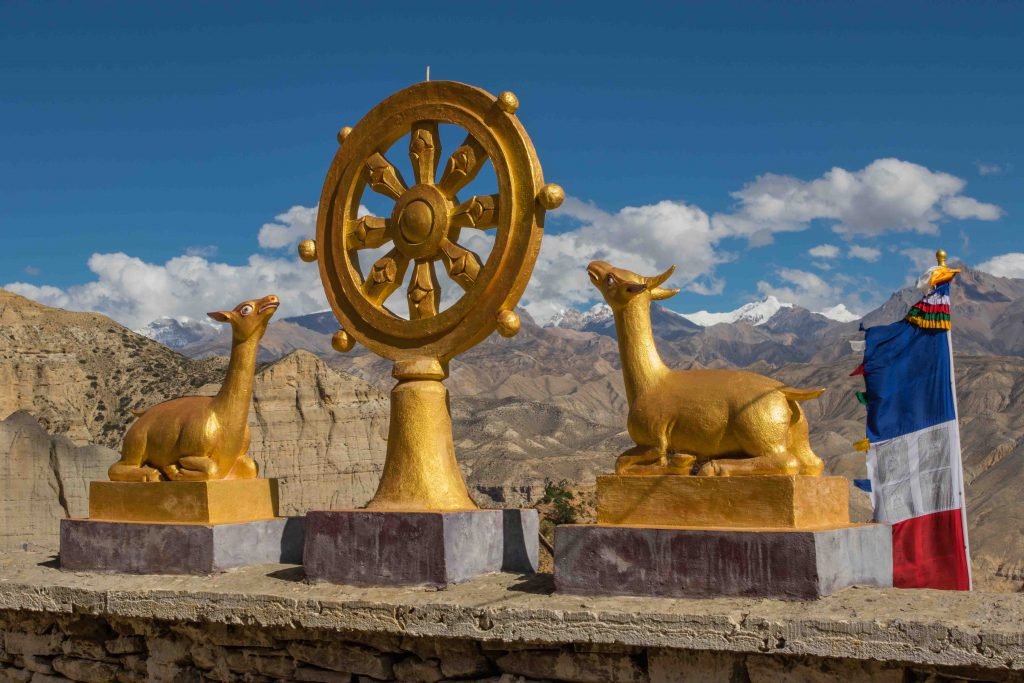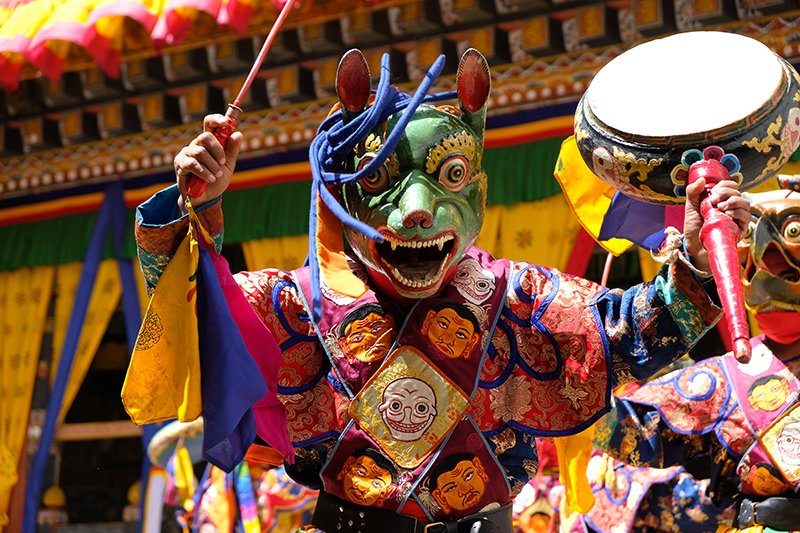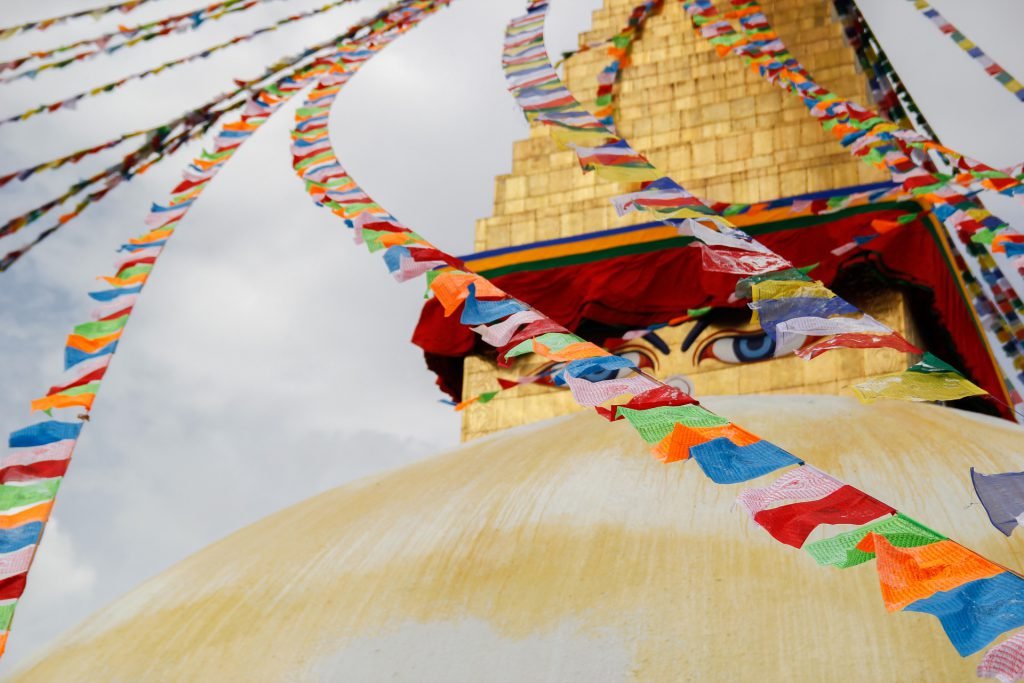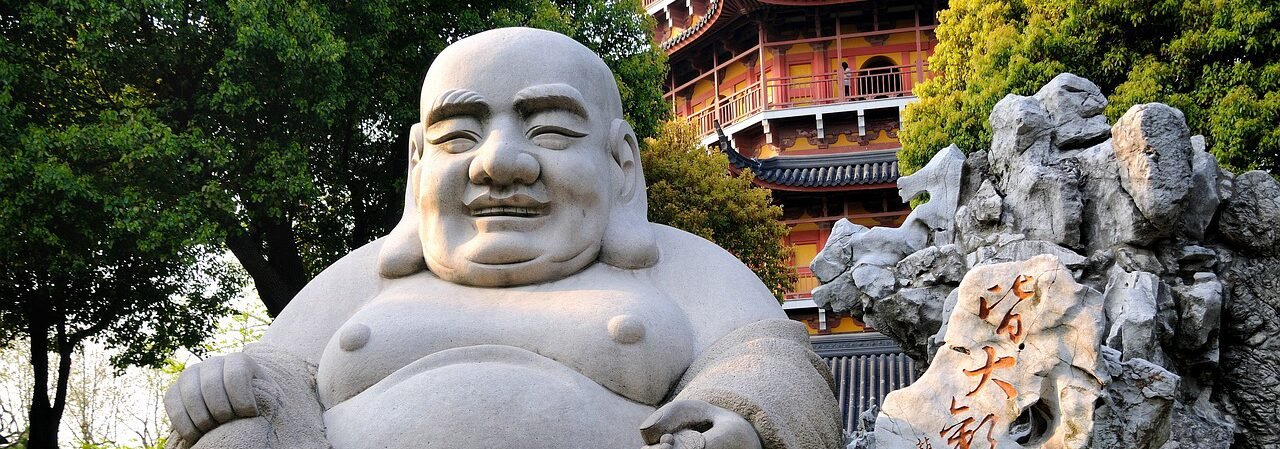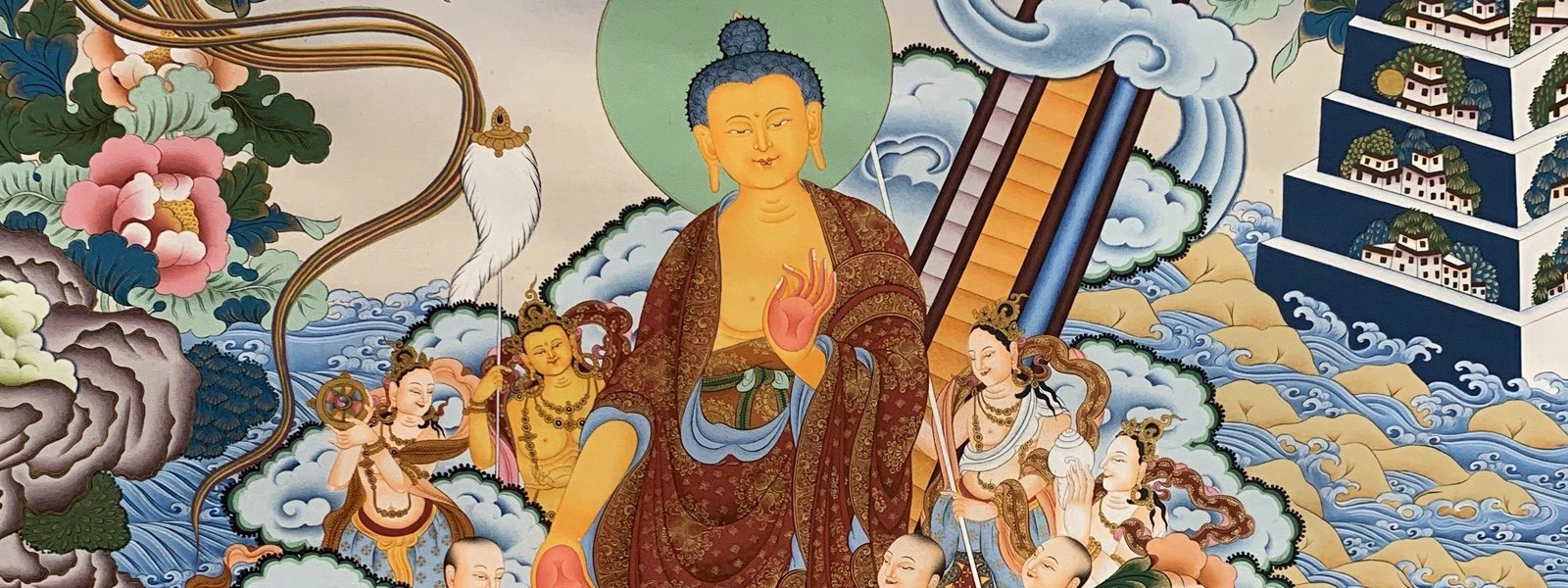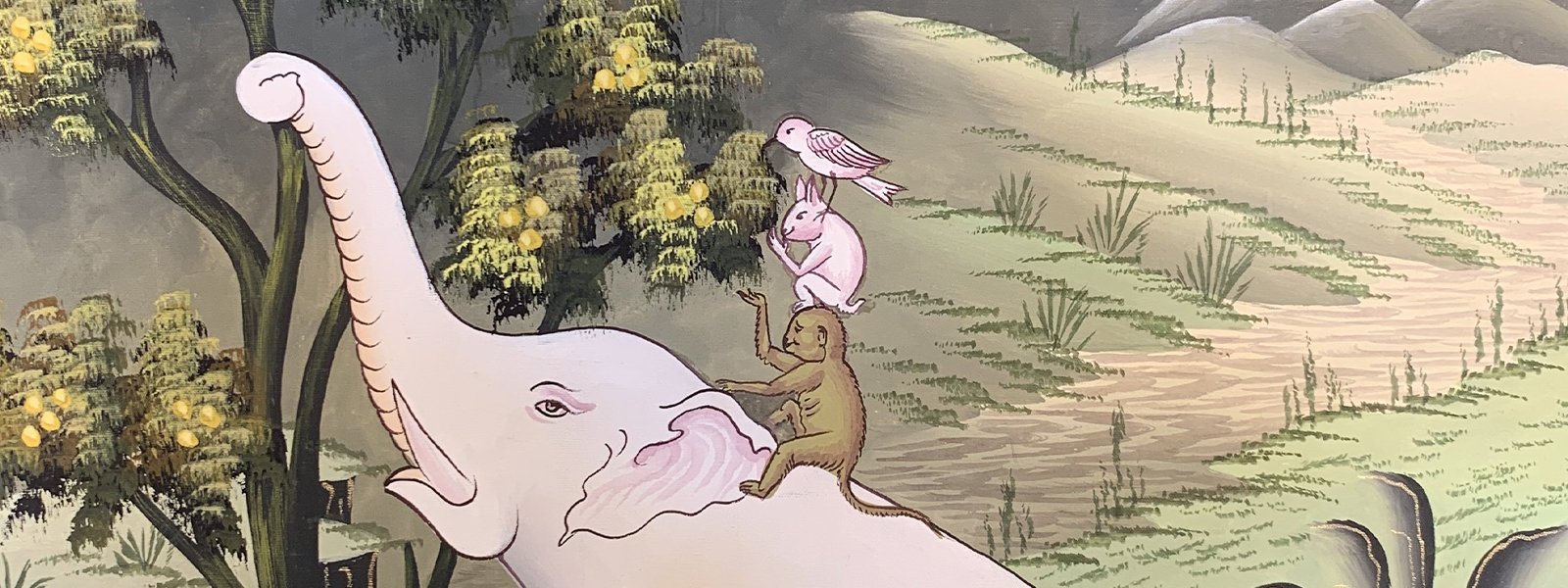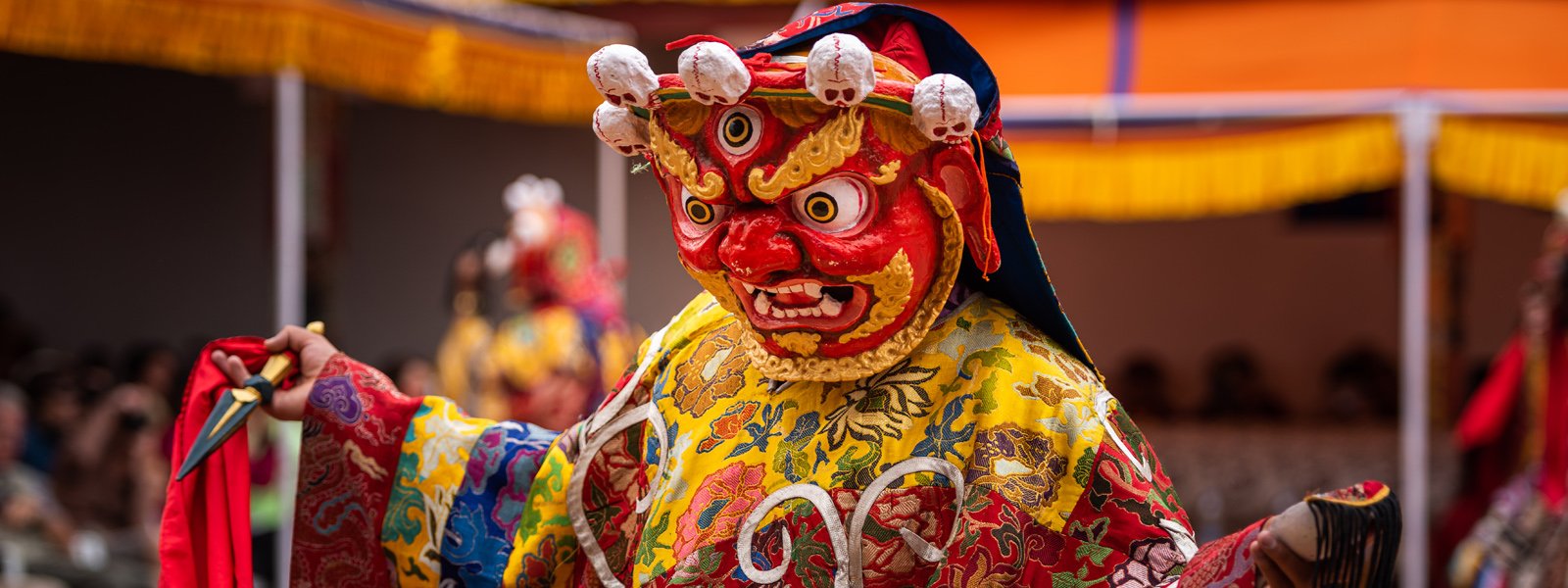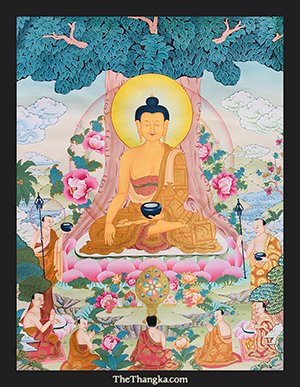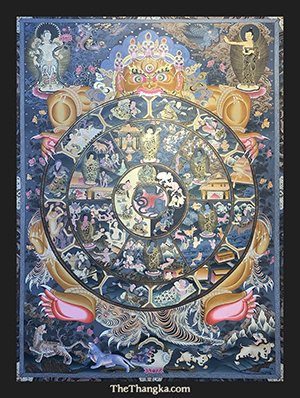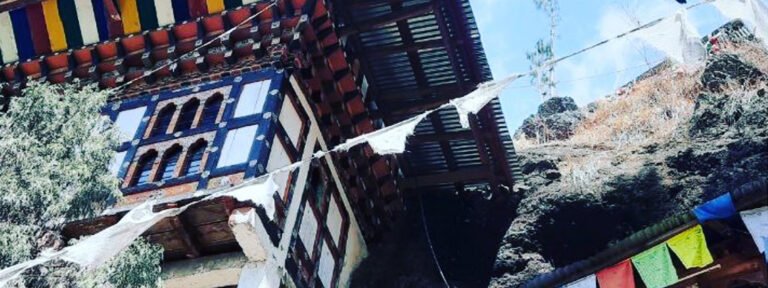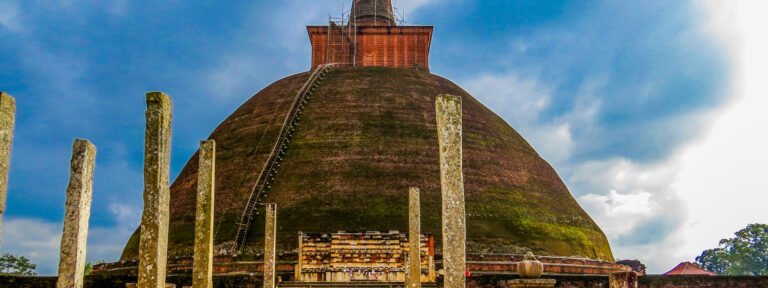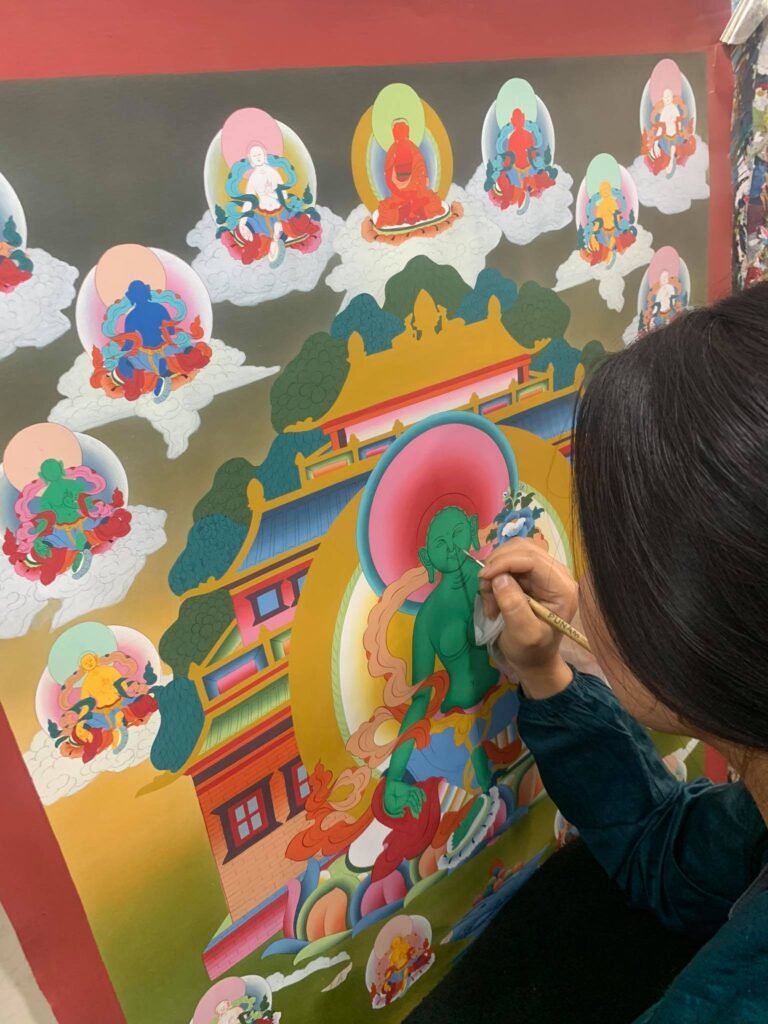A stupa is generally known as the most important architectural symbol in Buddhism, but few are aware of the fact that the structure pre-dates Buddhism itself. It has existed through pre-Buddhist times in India in some shape or form. The remains of the dead, mostly of someone important, were stored in a mound to pay homage and reverence to.
Often, remains of the great teachers were stored inside a mound of dirt. At other times, they were buried seated in a meditating position, hence the mound structure.
With the advent of Buddhism, the stupa came to be associated with Buddha, as post his death, his remains were buried in 8 different places and people had stupas erected upon them.
Embodiment of Buddha Himself
As the legend goes, it was Asoka, the Mauryan King who embraced Buddhism which led to its spread across his empire. He had those 8 original stupas opened and the remains of Buddha distributed across 84,000 stupas that he built across his empire, an area constituting part of modern day Nepal, India, Pakistan, Afghanistan, and Bangladesh.
Thus, the stupas came to be regarded as, among other things, an embodiment of Buddha. Buddhists believe it to hold the protective powers as well as the energy of Buddha.

The Socio-Economic Side
With the growth of stupas across Buddhist populated areas, and a frequent movement of pilgrims and devotees to them, stupas took on a larger role in the socio-economic history of Buddhist communities. They came to be a source of income for the artisans, sculptors, merchants and monks.
A lot of economic activity is generated in and around these religious architectures as devotees as well as tourists and visitors flock to them on a daily basis. Lodges and accommodations have sprung up to cater to the visitors from afar. In the past too, many provided lodging places to merchants and travelers as the stupas were located on important trade routes and in far flung areas.
A Miniature Universe
I bet you didn’t know this one. So the stupa is also thought to be representing a miniature version of the universe.
The yasti or spire at the top of the stupa represents the axis mundi (an imaginary line around which the earth as well as the whole universe is thought to revolve). The axis symbolizes the centre of the cosmos around which everything is thought to revolve. The axis divides the earth into 6 directions, east west, north, south, zenith and nadir.
Similarly the human anatomy is fashioned around this same idea where the spinal cord represents the axis. The purpose of life hence, is to ascend to one’s mind through progressive enlightenment.
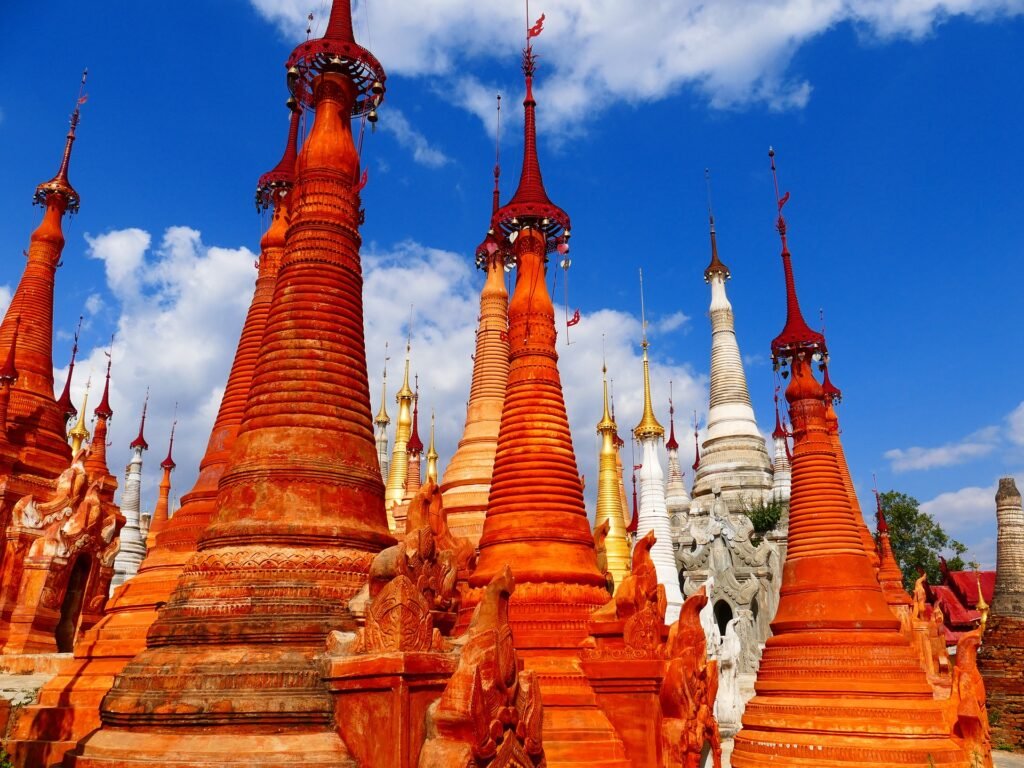
They Come In All Sizes
Smaller versions can be kept around the house or you can carry them in your pocket. They also serve as votive offerings. To fulfill a vow, or to enhance karma, one can sponsor a small stupa, which is usually carved with writings such as “to attain enlightenment“.

